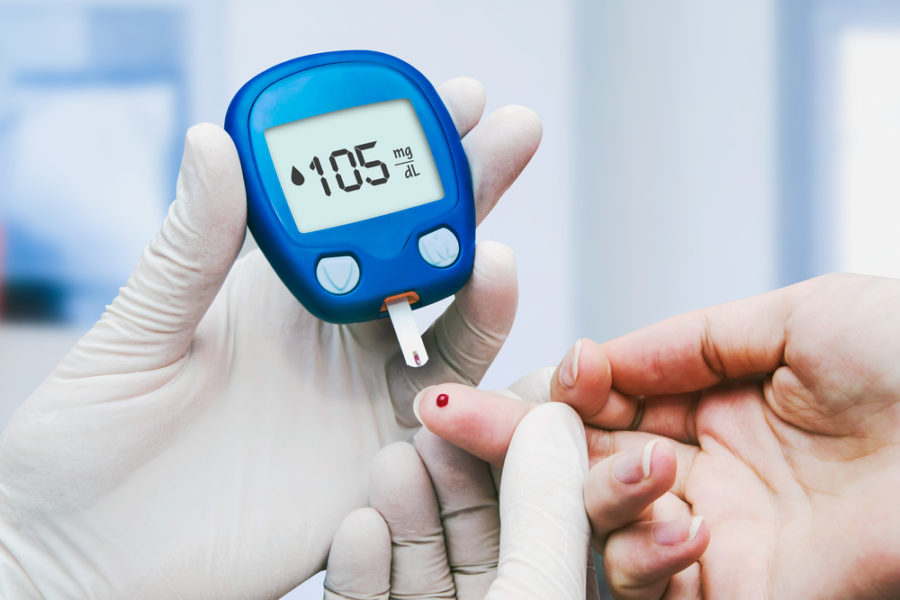Diabetes

Diabetes is a long term condition which develops when the pancreas is no longer able to make insulin, or when the body cannot make good use of the insulin it produces. Not being able to produce insulin or use it effectively leads to raised glucose levels in the blood. Over an extended period of time, high glucose levels can lead to damage to the body and failure of various organs and tissues.
Insulin is a hormone made in the pancreas that allows the cells in the muscles, fat and liver to absorb glucose in our blood. The glucose is used as energy to power these cells or stored as fat to be used when it is needed. All carbohydrates that we consume are broken down into glucose in our blood.
Are you at risk?
Find out if you are at risk with a simple questionnaire at Diabetes NZ. To complete click here.
Upper Hutt Health Centre Diabetes Team
A team of nurses, led by a Diabetes Speciality Nurse help patients with diabetes to self-manage and improve their overall health and wellbeing. Due to their expertise, they are able to care for our patients in the community, where once they would have had to attend hospital clinics.
Type 1 Diabetes
Type 1 diabetes is an ‘auto-immune’ condition. This basically means the body sets up an attack against the cells within it that make insulin. The result is that the body does not produces little to no insulin. Type 1 diabetes is most often diagnosed in childhood, often in children aged 7 – 12 years, however it can occur at any age.
Type 1 diabetes affects roughly 10% of the population and cannot be prevented. However, it can be managed through a combination of diet, medication and exercise.
Symptoms of type 1 diabetes
- Thirst
- Passing more urine
- Weight loss
- Very tired
- Mood changes
- Abdominal pain, nausea, vomiting
- Recurrent or unusual skin infections, thrush
- Extreme hunger Poor concentration and performance
Diagnosis and treatment
Diabetes is diagnosed by blood tests which can be organised through your doctor. If you are very unwell you should seek medical assistance immediately.
If you have type 1 diabetes, you will need to manage your blood glucose levels with insulin injections. Healthy eating and physical activity will also help you stay well.
Type 2 Diabetes
Type 2 diabetes is the most common form of diabetes, and for the majority of people can be prevented through healthy eating and exercise.
Type 2 diabetes most often occurs in adulthood, usually after the ages of 30 – 40 years. However, increasing numbers of teenagers and children are developing type 2 diabetes.
What is type 2 diabetes?
Diabetes is the result of the body not creating enough insulin to keep blood glucose (sugar) levels in the normal range. Everyone needs some glucose in their blood, but if the levels are too high it can damage your body over time.
In type 2 diabetes, either the body doesn’t produce enough insulin, or the cells in the body don’t recognise the insulin that is present. The end result is the same: high levels of glucose in your blood.
For many people type 2 diabetes can be prevented by making healthy food choices and staying active.
Symptoms of type 2 diabetes
You may have had type 2 diabetes for many years without realising it. Not everyone has symptoms. Symptoms may include:
- Feeling tired and lacking energy
- Feeling thirsty
- Going to the toilet often
- Getting infections frequently
- Getting infections which are hard to heal
- Poor eyesight or blurred vision
- Often feeling hungry
If you have any of the above symptoms, discuss these with your doctor.
Diagnosis
Diabetes is diagnosed by blood tests which can be organised through your doctor. If you are very unwell you should seek medical assistance immediately.